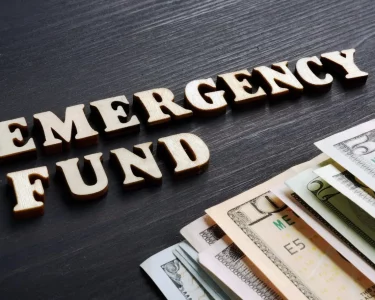Japan’s economy has been struggling with deflation for over two decades now. The Bank of Japan (BOJ) has introduced various monetary policies to boost the economy, and one such policy is the “bond yield cap.” However, this policy is facing its biggest challenge yet as new BOJ Governor Haruhiko Kuroda takes office amidst a pandemic-induced recession. In this blog post, we explore the uncertain future of Japan’s bond yield cap and how it could impact the country’s economic recovery under Kuroda’s leadership.
The current state of Japan’s bond yield cap
Japan has had a bond yield cap in place for many years now, but the current state of the policy is unclear. The new BOJ governor, Haruhiko Kuroda, has pledged to continue the policy, but it is unclear how long he will be able to maintain it. The policy has been successful in keeping interest rates low, but there are concerns that it may not be sustainable in the long term. There are also concerns about the impact of the policy on the Japanese economy.
The challenges the new BOJ governor faces
The yield curve control policy adopted by the BOJ has been successful in keeping long-term interest rates low and spurring economic growth. However, with the recent appointment of a new BOJ governor, some are questioning whether this policy will continue. The new governor, Haruhiko Kuroda, faces several challenges in maintaining the yield curve control policy.
First, there is the issue of inflation. The BOJ has been targeting a 2% inflation rate, but prices have only been rising slowly. There is worry that if inflation does not pick up soon, the BOJ may be forced to abandon its yield curve control policy in order to stimulate economic growth.
Second, there is the possibility that the U.S. Federal Reserve may raise interest rates sooner than expected. If this happens, it could put upward pressure on Japanese bond yields and make it difficult for the BOJ to keep them down through its yield curve control policy.
Third, there is growing political pressure on the BOJ to end its easy monetary policy stance and begin tightening monetary conditions. Some Japanese lawmakers are concerned about the potential for inflationary pressures down the road if the BOJ keeps printing money and keeping interest rates low for too long.
Despite these challenges, many analysts believe that Kuroda will stick with the BOJ’s current yield curve control policy for now. They argue that any changes would be too disruptive to financial markets and could derail Japan’s economic recovery.
Possible outcomes of the situation
When the new BOJ governor Haruhiko Kuroda took office in 2013, he implemented a policy known as quantitative easing (QE) in an effort to stimulate the Japanese economy. One key part of this policy was capping the yield on 10-year government bonds at 0.5%. This measure was successful in staving off deflation and boosting economic growth.
However, with inflation now picking up and the global economy improving, some are questioning whether it’s time for the BOJ to start scaling back its QE program. If they don’t, there is a risk of creating asset bubbles. On the other hand, if they do start tapering off QE too soon, it could derail the economic recovery.
In short, there are a lot of uncertainties when it comes to the future of Japan’s bond yield cap. The BOJ will need to tread carefully in order to ensure that their policies continue to support economic growth without leading to dangerous levels of inflation.
The implications for Japan’s economy
The Bank of Japan’s decision to cap bond yields has been widely criticized, with some saying it is a risky move that could backfire.
There are several implications for Japan’s economy if the BOJ’s policy fails.
Firstly, it would mean that the Japanese government would have to pay more interest on its debt. This would put further strain on the already fragile public finances and could lead to higher taxes or spending cuts.
Secondly, a failure of the policy could cause a sell-off in Japanese government bonds, as investors lose confidence in the BOJ’s ability to control yields. This would push up borrowing costs for both the government and businesses, and could lead to higher inflation.
Lastly, a failed policy could damage the BOJ’s credibility and erode trust in central banks more broadly. This could lead to a loss of faith in other unconventional policies, such as quantitative easing, and make it harder for central banks to respond to future economic crises.
Conclusion
In conclusion, Japan’s bond yield cap is facing a challenging future. The new BOJ governor has yet to reveal his stance on this policy and whether he will seek to revise it or keep it in place. However, the current situation highlights the need for further research into how monetary policies can effectively be implemented in order to ensure economic stability and growth. It remains to be seen what decisions the BOJ governor will take regarding this issue, but one thing is certain: the effects of these decisions could have far-reaching implications for Japan’s economy as well as those of other countries around the world.




